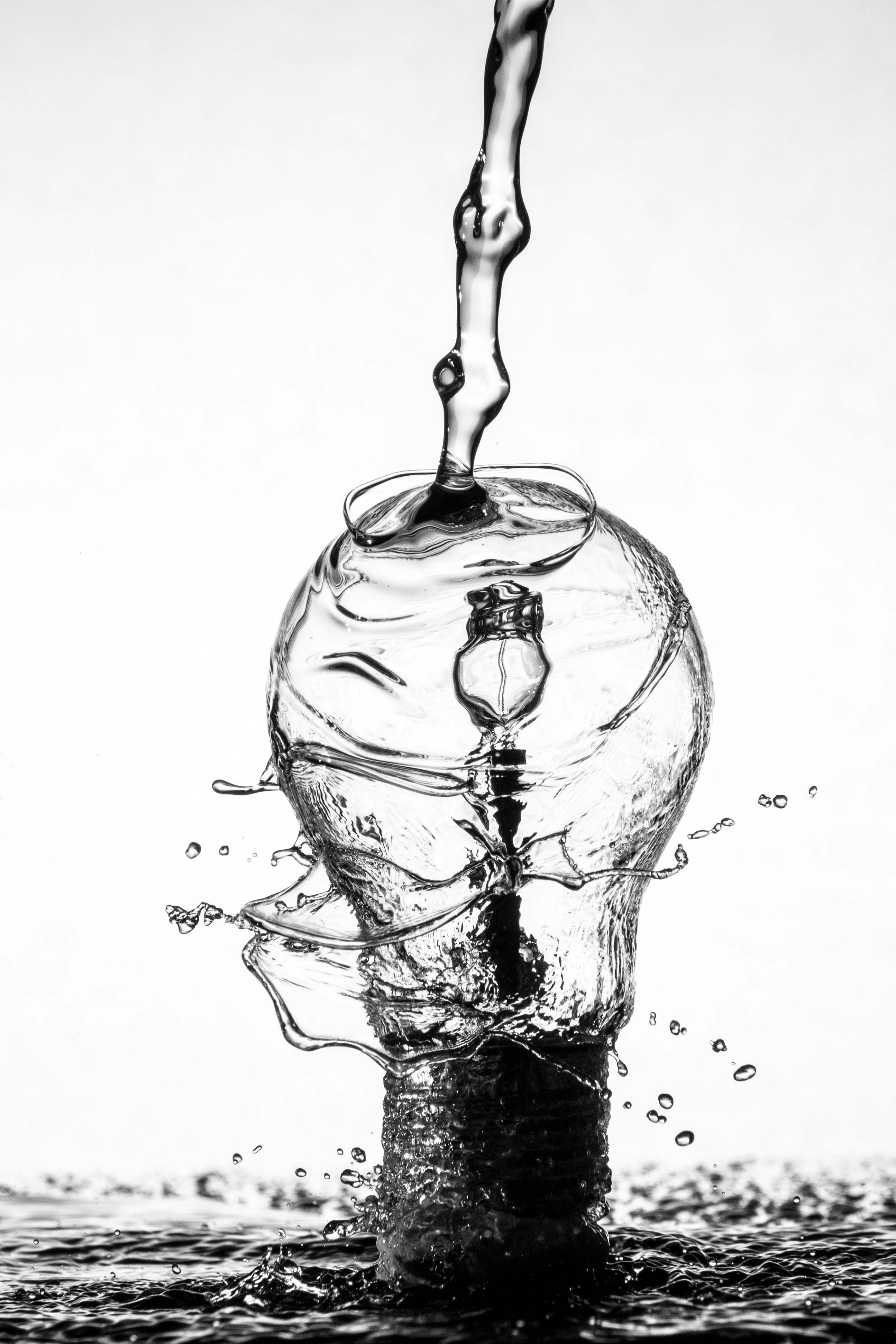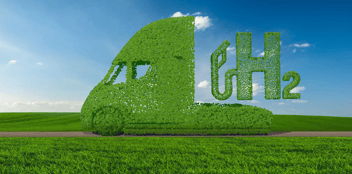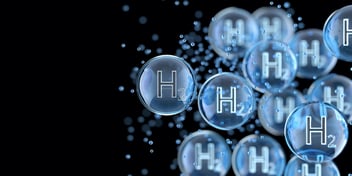Water for hydrogen production: will we have enough?

As discussions about the water required to support a hydrogen market in Australia continue to grow, one leading consultancy is utilising its niche research into water demands for hydrogen production to develop novel tools and insights to help steer sustainable supply.
Produced for the Australian Hydrogen Council and the Department of Climate Change, Energy, the Environment and Water (DCCEEW), Arup’s Water Usage in Hydrogen research paper provides unparalleled insight into the water demands of different sources and treatment process to produce hydrogen.
Arup’s Water team has leveraged this research output to complete a water demand analysis of potential hydrogen production locations across Victoria and the country, complemented by a comprehensive water resource assessment, for a range of clients.
Set to be presented by Arup at Ozwater’24, the analysis is all about applying the findings of the initial research to create tools to develop demand scenarios for different hydrogen production locations, at a state and national level, and understand what supplies are and could be available to support the industry.
Arup’s Victorian Water Team Lead and analysis lead Priyani Madan said addressing water demand for hydrogen production is crucial to ensuring the success of the new industry, but also to ensure the most sustainable and beneficial outcomes are achieved.
“We are looking at water demands and supply, the different supplies that are viable, and the benefits and risks of using those supplies in different places,” she said.
“We know that water is fundamental to hydrogen production. And is something that has been left out of the broader conversation to date in planning.
“From an energy perspective, water is often viewed as a very low-cost input into the overall hydrogen production process. And it is, relative to some of the other costs involved. But the quantities we will need are phenomenal.”
Madan said, at a state level, the water needed to support a viable hydrogen industry is equivalent to adding half a Melbourne, presenting a huge challenge and a unique opportunity to find a sustainable approach.
“Water utilities and state governments are planning for water scarcity and for cities to run out of water for drinking. We are already a water stressed country. How do you add a whole capital city worth of water to the mix?” she said.
“Importantly, how do we do it in a way that is also beneficial and complementary to other planning that’s being undertaken? We have an opportunity to look at taking a path into this new industry that creates a lot of co-benefits.”
Demand and supply
A significant element of the new water demand analysis has been the development of demand-scenario tools that allows for a better understanding of the volumes of water that hydrogen production processes will require in specific locations.
“Water demand for hydrogen production depends on the location. The numbers vary, depending on a few different factors. The range of water needed for electrolysis could be between 9 and 20 litres per kilo of hydrogen,” Madan said.
“For evaporative cooling, it could be 14 to 74 litres per kilo, depending on how efficient the technology is and what stage of life it is in. If other hydrogen products are created, like ammonia, this would drive water demand up too.
“We built tools where we can put in the location, the hydrogen volume and outputs required, the climate change scenario, the cooling type and set up different scenarios to tell us how much raw water we would need from different water sources, which is of course heavily dependent on climate scenarios, as well.
“But it also depends on the water sources, whether it’s seawater, surface water, groundwater or recycled. The amount of raw water needed to produce the same quantity of treated water will differ, too. The tool can tell us that, and also the waste stream volumes and potential for water reuse.”
Madan said the team has been using the tool to create a clearer idea of the viability of hydrogen production in relation to water requirements.
“We have been working on how much water we would need for each of the different processes, what that means in terms of the hydrogen demand we are expecting, and how that converts to raw water demand in each location,” she said.
“The numbers we have been uncovering so far are massive. We could need up to 118GL of treated water a year for Victoria by 2050, converting to between 145 and 300GL of raw water, depending on the source. To put that in perspective, Greater Melbourne used 444GL of water in 2021-22.”
All options on the table
In terms of how to meet this huge increase in water demand for hydrogen production, Madan said the sector will likely need to keep all options on the table.
“Similar to the planning that’s being undertaken for drinking water, we’ll need an ‘all options on the table’ approach. And looking at what is most suitable for the location is key. It won’t be a one-size fits all for every project,” she said.
“Ground and surface water are an option, but there is a leading consensus in the water sector that these are not the sources we should be looking at. Traditionally, for drinking water and agriculture, we are already overallocated in a lot of locations.
“Surface water is also climate dependent. And we know we are running out. There is the potential to use saline groundwater in some locations. But, if sources are taking away from the drinking water supply or drought plans, we shouldn’t be touching them.”
Madan said the sources that are most interesting are recycled, seawater and stormwater.
“Recycled is probably one of the most viable for cities or towns the size of about 250,000 plus. That's where it makes sense to start thinking about the volumes being enough to provide for a hydrogen plant,” she said.
“Further, using recycled water contributes to the circular economy. There are benefits to be gained from co-locating assets and many water utilities are very progressive and very keen to try all of this out.
“The main conflict would be the prospect of purified recycled water for drinking water in some cities and towns, especially for locations that are inland and don’t have other options. That water could already be spoken for.”
Madan said desalination is another key option, but that there is also the potential to explore stormwater, as well.
“Desal will be the solution for a lot of locations where there aren't other sources. It’s reliable, you can get large quantities, but the cost is high and it's a very energy intensive process,” she said.
“Less traditional is stormwater. It’s very climate dependent, but gives high quantities in short bursts. But we do have new urban stormwater management guidelines that have come out in Victoria, and more aspirational targets for harvesting being explored across the country, which aim to do more to protect waterways.
“There is a lot of challenge at the moment to find demands for the kind of harvesting that would be needed. This is one area that could be explored in more detail – the hydrogen industry has that demand, so is there an opportunity there.”
Doing better
Given the hydrogen sector is new, Madan said there is a huge opportunity to take a different approach to other industries in the past by leaning towards more sustainable and circular approaches to production as well as other benefits, like social and cultural.
“There is a lot of thinking that can be done to differentiate hydrogen from other forms of industry that have come before, like mining,” she said.
“In creating something new, we need to be looking at how we can provide positive benefits for the environment and the community. We want to make sure we are making sure this is sustainable in the long-term.”
If the hydrogen industry aims to be sustainable, innovative new approaches to resource management will need to be developed moving forward, Madan said.
“We may need a mix, in some locations, where one source is used and then we switch to another when the primary source is no longer available,” she said.
“Ultimately, I think we will find enough water. It’s really all about how we do it in the most sustainable and beneficial way for our society and environment, and not just as a means to an end. For example, can a new desalination plant for hydrogen provide a new reliable drinking water source to a local town or to remote Aboriginal communities?
“We have a big opportunity. How is hydrogen going to be different from other industries? How are we going to do things differently this time?”
Interested in hearing more about Arup’s water demand analysis for the hydrogen industry in Australia? Register for Ozwater’24 here.


